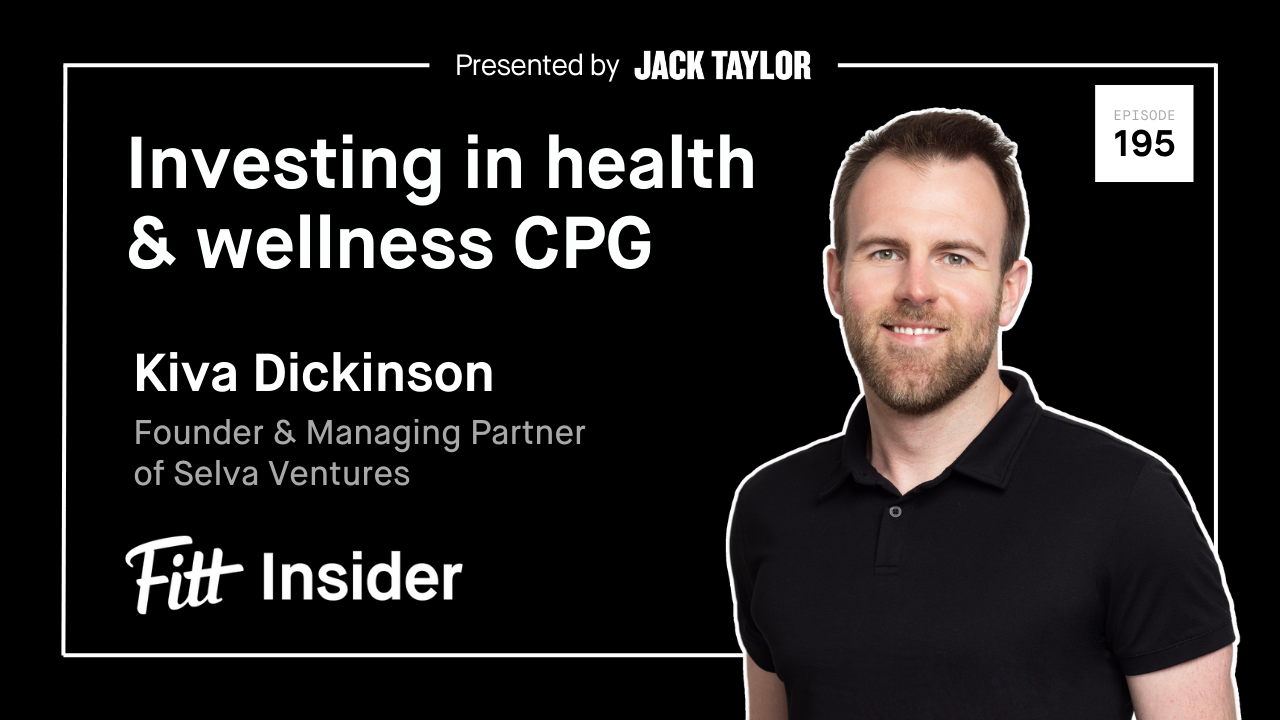
While the debate over sugar rages on, its substitutes aren’t looking so sweet either.
Says WHO?
The World Health Organization issued contradictory findings on aspartame last week.
An artificial sweetener found in thousands of sugar-free products like diet soda, chewing gum, and energy drinks, dozens of studies link aspartame to serious health issues.
Weighing in, the WHO’s International Agency for Research on Cancer (IARC) classified aspartame as a possible carcinogen. But, the same organization’s Joint Expert Committee on Food Additives said there’s not enough evidence linking aspartame to cancer, okaying moderate consumption.
Adding to the confusion, the FDA disagreed with the IARC’s findings, noting its scientists “do not have safety concerns” with aspartame.
Sweet nothings. In May, the WHO also advised against the use of non-sugar sweeteners like Splenda, stevia, and Sweet’N Low for weight loss.
This news follows research published earlier this year linking zero-calorie sugar substitute erythritol to increased risk of heart attack and stroke.
Mixed Messaging
The star ingredient in Big Food’s billion-dollar empire, sugar is everywhere.
- The average American eats ~17 teaspoons of added sugar per day.
- Added sugar is found in nearly 70% of packaged foods, including breads, condiments, and yogurt.
- Fueling the obesity epidemic, added sugar has been shown to increase risk for Type 2 diabetes, cancer, stroke, and Alzheimer’s disease.
Taking a toll, less than 10% of Americans are metabolically fit, with rates of metabolic-associated fatty liver disease and diabetes continuing to skyrocket.
Faking it. Nothing new, artificial sweeteners and sugar substitutes—including aspartame—have been around for decades. But in recent years, these low- and zero-sugar additives have become ubiquitous as consumers and food manufacturers search for “healthier” options.
The catch? Fake sugar is proving to be problematic over the long term.
Known as “high-intensity sweeteners,” natural and synthetic substitutes like monk fruit and saccharin are up to 700x sweeter than sucrose (table sugar).
More concerning, a growing body of research has shown that sugar substitutes like aspartame can alter the gut microbiome, negatively affect blood sugar control, and promote insulin resistance.
Worse, similar to the addictive qualities of ultra-processed foods, studies have found that consuming non-nutritive sweeteners can actually cause stronger sugar cravings.
Redesigning Sugar
While 72% of US adults are trying to limit or avoid sugar, they’re not ready to give up sweets.
The search for so-called healthier alternatives is driving the $10B quest to redesign sugar.
- 2021: Bonumose, a producer of low-calorie sugar known as tagatose, raised $9M in a round co-led by The Hershey Company and American Sugar Refining.
- 2022: Foodtech startup Resugar secured $3M to scale production of its proprietary sugar-like substitute.
- 2023: Sugar reduction company DouxMatok added $30M and rebranded to Incredo LTD.
Elsewhere, Supplant ($42M) and BioLumen ($5.5M) have developed fiber-rich solutions for reducing sugar’s glycemic impact, while low-sugar sweetener allulose is on pace to be a $300M ingredient.
The latter of which is helping “better-for-you” CPG brands redefine categories, from SmartSweets’ candy to Magic Spoon’s nostalgic cereal to functional beverages like Liquid I.V. and Rowdy Energy.
Punchline: There’s no denying that sugar is toxic. But issuing confusing statements about sweeteners—real or artificial—isn’t helping, especially when these replacements become a key ingredient in ultra-processed foods.
To tame our cravings, the healthiest move isn’t formulating a replacement but moderating intake — a behavior change that’d be made easier by capping added sugar and making nutritious foods more affordable.
🎙 On the Podcast

Selva Ventures founder & managing partner Kiva Dickinson discusses how brands can make consumers’ lives better.
We also cover: his investing criteria and hints on where Selva’s new $34M fund will go.
Listen to today’s episode here.
📉 lululemon restructures fitness division, cuts staff
The activewear company laid off 100 employees from its Studio division, the business unit that includes its streaming content platform and interactive fitness screen MIRROR.
Scaling back. According to the apparel maker, the move was part of a restructuring aimed at fully integrated operations within lululemon. But, the downsizing signals ongoing challenges stemming from its efforts to scale a digital fitness offering.
Pivot to digital. On paper, lululemon is accelerating, notching a better-than-expected $2B in its latest quarter, a 24% YoY increase — with marked gains for international sales.
But, further down the page, it’s burying its $500M purchase of MIRROR.
- October 2022: Amid plummeting sales, lululemon launched Studio, initially requiring MIRROR hardware to join.
- April 2023: lululemon noted a $442.7M impairment charge for its underperforming hardware business, announcing plans to pivot away from the device.
- June 2023: After allegedly failing to find an acquirer for MIRROR, lulu debuted an app-only digital membership for Studio.
Of note, lululemon re-upped its streaming partnership with Xponential Fitness this summer, ensuring continuity for production of Studio content.
Punchline: Smart screens, bikes, and rowers may be struggling because they recreate an exercise experience that already existed. lululemon’s app business reorganization, meanwhile, realigns it behind the brand’s overarching (an undeniably successful) business model: selling a healthy lifestyle.
📱 Health & fitness apps confront the new normal
Consumer behavior is shifting, but the industry is healthier than it appears.
Highs and lows. According to a recent report, 2022 was tough for digital fitness apps, registering their worst quarter of adoption since Q1 2020. But, the category notched a number of important gains as well.
- Installs have declined steadily from a pandemic peak of 529M in Q2 of 2020 to 290M in Q4 of 2022.
- Revenue was up $300M YoY, topping $1.6B in 2022 vs. $1.1B in 2020.
- Retention and # of sessions among existing users also rose, with the latter increasing ~1% last year and another 1% so far in 2023.
Of note, nutrition-tracking platform MyFitnessPal was the #1 downloaded app last year, with Calm, Headspace, Strava, AllTrails, and Peloton (the only fitness content creator to make the cut) landing in the top 10.
Digital decline. The boom and bust of mental health apps made headlines last year, when companies like Headspace and Calm enacted layoffs and shifted their strategies beyond wellness. A red flag, more digital health and fitness companies may follow suit if downloads don’t pick up.
Survival strategies. Evolving their approach, companies are banking on community-centric experiences, personalized protocols, and AI-powered tools that prioritize the lifetime value of existing users while opening avenues to attract new ones.
In particular, Gen Z’s penchant for phone-based fitness content—both inside and outside of the gym—points to continued opportunity, as the cohort has the appetite for multiple subscriptions and is fairly price insensitive to paywalled features.
Looking ahead: People who discovered digital fitness during the pandemic still see its value, with activity and LTV per paid subscriber on the rise. But, content alone will only carry companies so far. Expect the next chapter of health and fitness apps to be defined by creative partnerships, interoperability, and paywalled (yet vital) product upgrades.
📰 News & Notes
- WHOOP opens new HQ, innovation lab in Boston.
- Pure Barre launches free weights-based strength class.
- Calm delivers free mindfulness content to Spotify users.
- Noom names CEO for successor to co-founder Saeju Jeong.
- Fitt Jobs: The health & fitness industry’s top brands are hiring.
- YMCA scales its holistic digital training platform to all members.
- Modern Age adds fertility optimization to its wellness assessment.
- Startup Q&A: MOSH CEO Patrick Schwarzenegger on nutrition for brain care.
💰 Money Moves
- Foraged, a digital marketplace for wild and specialty foods, secured $2.7M in a seed round led by Bessemer Venture Partners.
- Performance and recovery brand Hyperice landed a +$100M strategic growth capital facility from Atlas Credit Partners.
- Swiss running brand On secured a CHF 700M ($805M) credit facility for future growth.
- Eureka Health, a digital community for sufferers of Long COVID, autoimmunity, and more, raised $7M in a seed round.
More from WellToDo: Long COVID Takes its Toll - Plant-based performance beverage maker Barcode landed an undisclosed investment from NBA rookie Victor Wembanyama.
- Bobbie, maker of organic infant formula, raised $70M and acquired pediatric nutrition company Nature’s One.
- Women’s incontinence care company Attn: Grace added $2M in a seed round.
- Gradia Health, provider of integrated concierge care for those with chronic conditions, raised $4.2M in a seed round.
- Digital therapeutics firm Big Health acquired Limbix, a youth mental health platform.EchoNous, maker of an AI-enabled, portable ultrasound device, secured $7M in a funding round.
More from Fitt Insider: Inside Out - Herself Health, a holistic primary care platform for senior women, added $26M in a Series A round.
- Scholastic sports management platform Aktivate closed a $3.7M Series A round.
- CarePredict, a senior care platform using AI, wearables, and predictive analytics, added $29M in a Series A-3 round.
- Affect Therapeutics, creators of an addiction treatment app, raised $16M in a Series A round led by ARTIS Ventures.
- Digital MSK platform IncludeHealth landed a $1.5M grant from the US Air Force.
Today’s newsletter was brought to you by Anthony Vennare, Joe Vennare, Ryan Deer, and Jasmina Breen.






